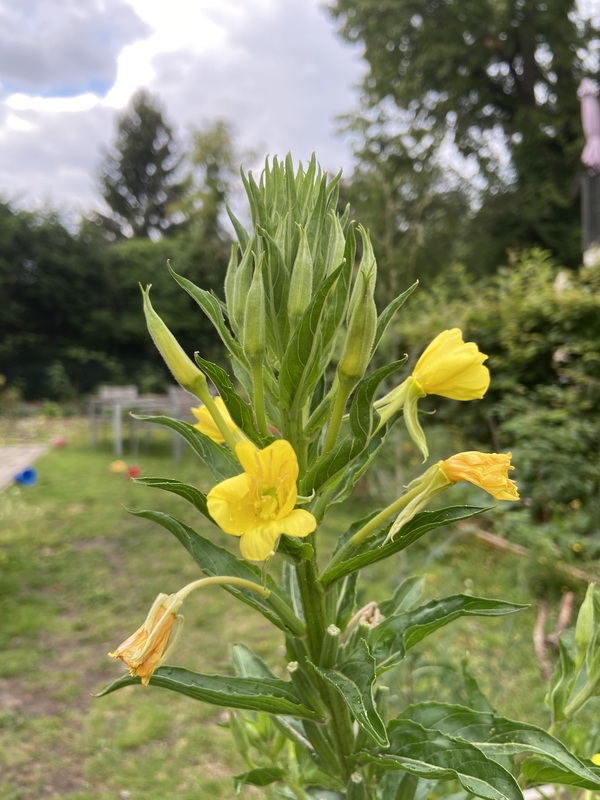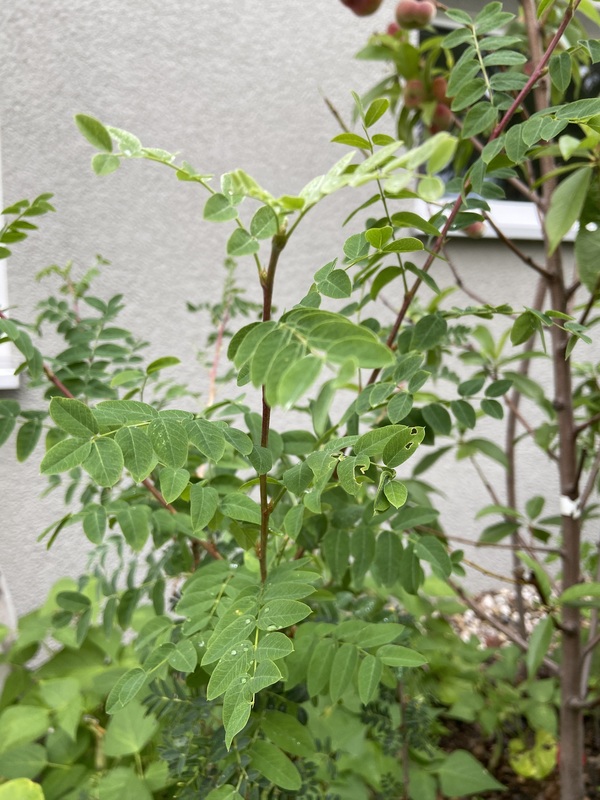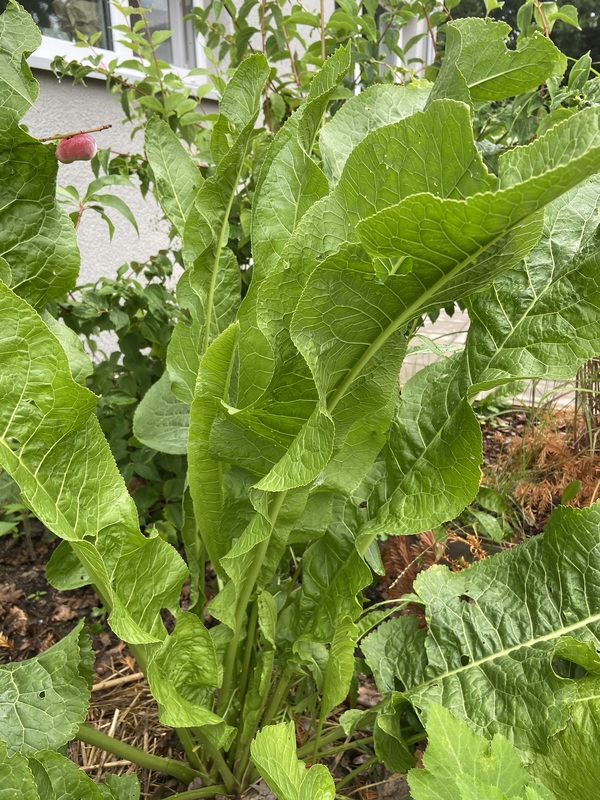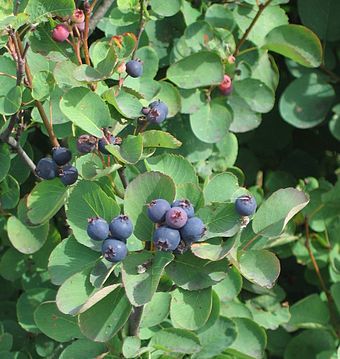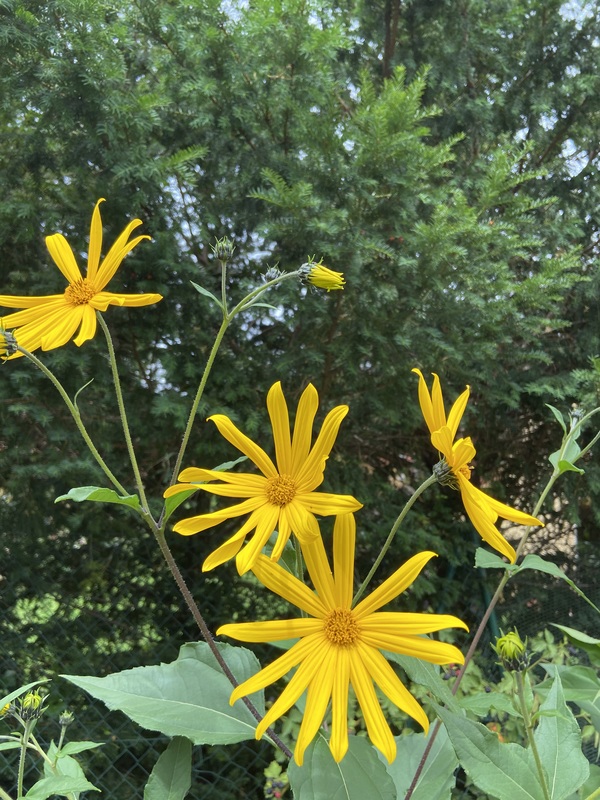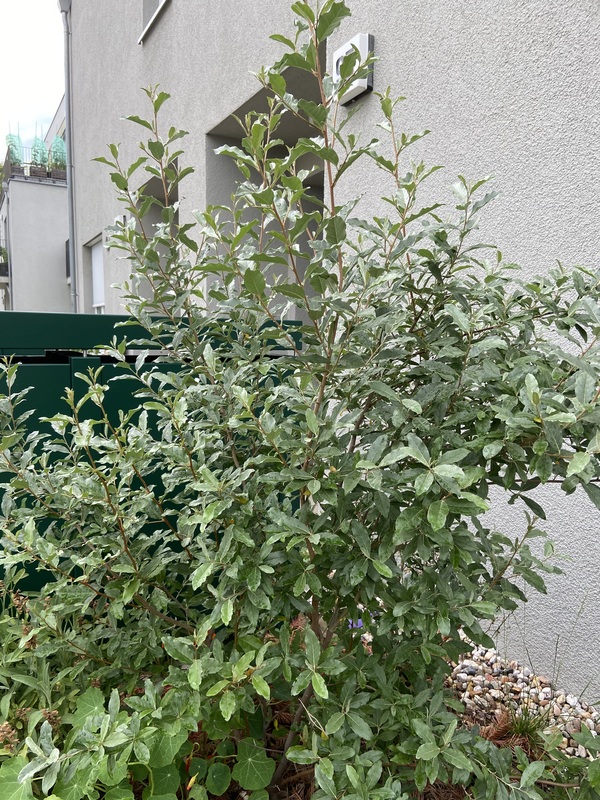Description
Chokeberry, also known as Aronia melanocarpa, is a deciduous shrub native to eastern North America. It typically grows to a height of 3-6 feet, with a spread of 3-6 feet. The plant has glossy, dark green leaves that turn red in the fall. In the spring, it produces small white or pink flowers, followed by black, cherry-like fruit.
Chokeberry prefers moist, well-drained soil and full sun to partial shade. It is adaptable to a wide range of growing conditions and is considered winter hardy. To cultivate chokeberry successfully, a grower may need to prune the plant to maintain its shape and encourage new growth.
The fruit of the chokeberry is edible, but it is very astringent and tart. It can be used to make jams, jellies, and syrups, or it can be dried and used in baked goods. The fruit can also be stored for later use.
In addition to its culinary uses, chokeberry has a number of other uses. It is a popular plant for wildlife, providing food and shelter for birds and other animals. The plant is also used medicinally, with its fruit and bark being used to treat a variety of conditions. Chokeberry is also used as an ornamental plant in gardens and parks.
